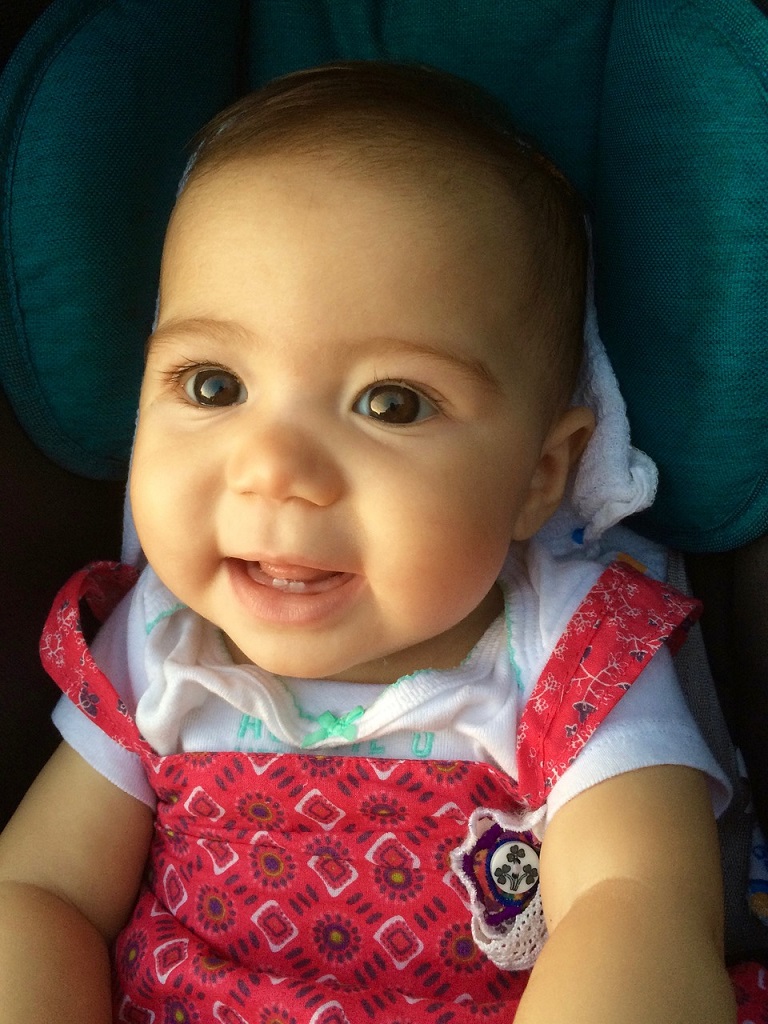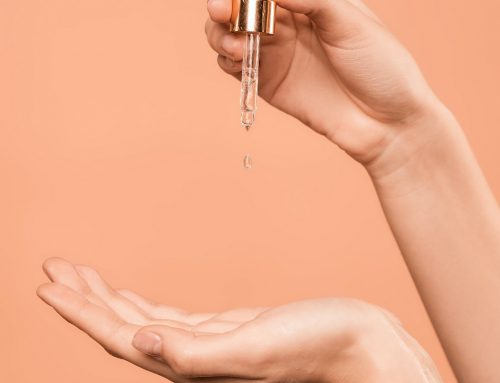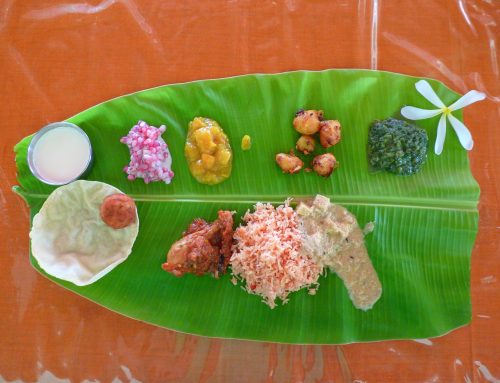When my baby was almost four months of age, he became quite fascinated with my finger. Or, to be more specific, chewing his way across the length of my index digit. He’d grab it with his tiny fingers and then proceed to chomp till my skin shrivelled and pruned. Apparently he was teething, and the action offered some relief from the discomfort his gums were experiencing. He frequently reached out for things to chew, which can be quite disconcerting for a mother. After all, I couldn’t sanitise the pointy ends of a tabletop. Bottles, hairs combs, and books were all hastily retrieved before they made their way into his mouth. Soon, tiny teeth began to emerge out of his swollen gums. And he would take a break from the excessive chewing until new teeth were ready for sprouting. He repeated this cycle for almost a year. And by the end of it, I was a pro at offering my kid the right teething objects that would provide maximum relief. It took time and lots of errors, along with the advice of my paediatrician and some well-meaning, experienced mothers.
Why does teething hurt?
Babies can start teething at three months or even after one year. Some rare occasions even see newborns born with teeth. However, teething may not hurt all babies. A lucky few can get teeth without any fuss. But the others won’t be as fortunate. When the teeth push their way through the gums, the action causes tiny tears in the skin. This can be painful and uncomfortable. Signs of teething can occur four days till the tooth breaks through the surface of the gums.
Signs of teething
- Excessive drooling
- Swollen, sore gums
- Irritability
- Crying
- Sleep disruption
Best teething objects for babies
Several home remedies are quite effective for teething babies, and a few store-bought ones as well. You’d find everyday home objects are best when it comes to handling teething. When offering your child an item to chew on, make sure that:
- It is hard and cold to help numb the gums
- The object should be chilled, not frozen solid
- It is safe to put in the mouth, i.e. sanitised and non-toxic
- It can’t be swallowed or bitten off
1. Cold, hard foods
Your child will need to chew on something for an extended period of time to gain relief. A hard food, like a carrot or thick piece of ginger, will do the trick quite successfully. If you chill the selection of food, the cooling sensation will help numb the gums, and avert any further pain. You can also offer soft, chilled foods, like apple sauce or mashed banana. They might not be as effective as hard foods, though.
2. Soft fabrics
When washed and sanitised, a soft muslin, gauze or washcloth can also provide your child with many hours of pain-relieving chewing. You can tie a thick knot at one end of a washcloth, chill for 10-15 minutes in the freezer and then offer it to your baby.
3. Chilled spoon
A spoon is a hard object with no sharp edges. Your baby can easily hold it while chewing on the curved side. Again, chill the spoon for the best results. Keep a few spoons cooling in the fridge, and retrieve one when the current spoon hits the floor.
4. Massaging the gums
If nothing else works, a gentle rub can help soothe those teething baby gums. You can use your own fingers or try a soft, baby finger brush and massage in a circular motion. This will alleviate your baby’s pain.
5. Clean finger
If you’re unable to massage for long, then offer a finger. As mentioned above, babies will happily chew on your fingers for relief. It leaves you with one hand free to do other work.
6. Teething toys
There are many over-the-counter baby teething toys available. However, many of them can create problems as they need to be regularly sanitised. If not, your baby will end up chewing on a mountain of germs. Some of the teething toys have grooves which can get dirty very quickly, while others could be made out of toxic materials. Safe teething toys are made out of fabric or silicone, can be easily cleaned and don’t cause any choking hazards.
7. Teething biscuits
If your baby is over six months, some teething foods can offer alleviation from gum discomfort along with quality nutrition! You can bake your own teething biscuits or try the brand Early Foods’ range of healthy teething breadsticks.
What’s not okay to use:
- Alcohol: This is a no-brainer. No matter what the old wives say. Avoid any alcohol application.
- Honey before one year of age: Many people believe a massage with honey will help the baby. But only do it if your child is over the age of one.
- Liquid-filled teething objects: A sharp, emerging tooth could burst one of these open. The liquid could be non-edible or cause choking problems.
Conclusion
The emergence of baby teeth can be a painful milestone your little one has to bear. Cuddle your child and offer comfort during those awful teething moments. Once the teeth are out, the challenging part is over, and you can introduce your child to a new world of eating.






Leave A Comment